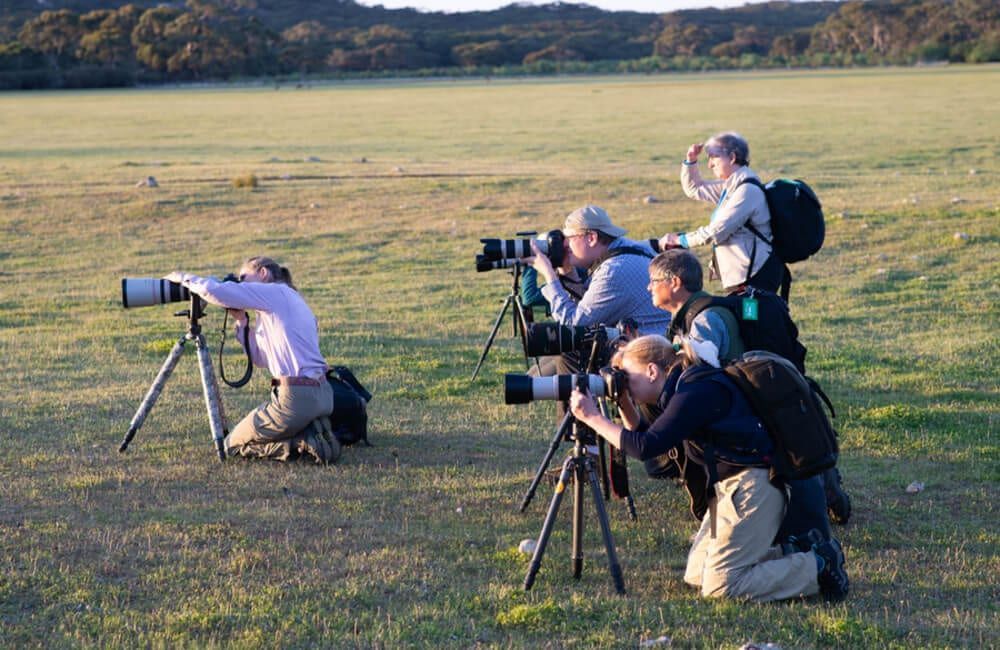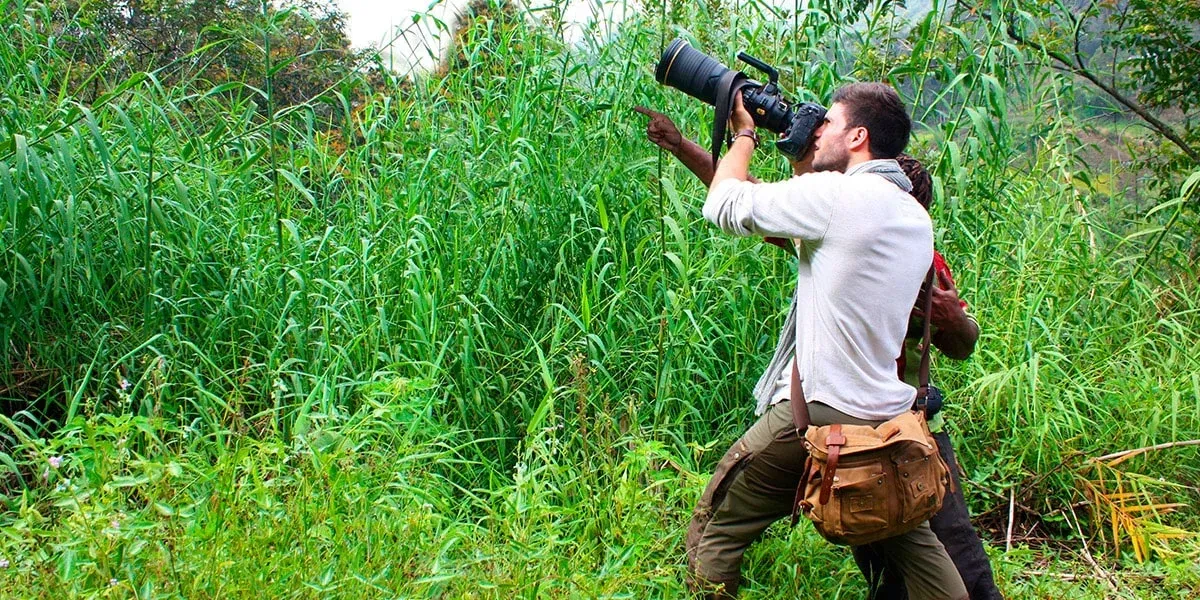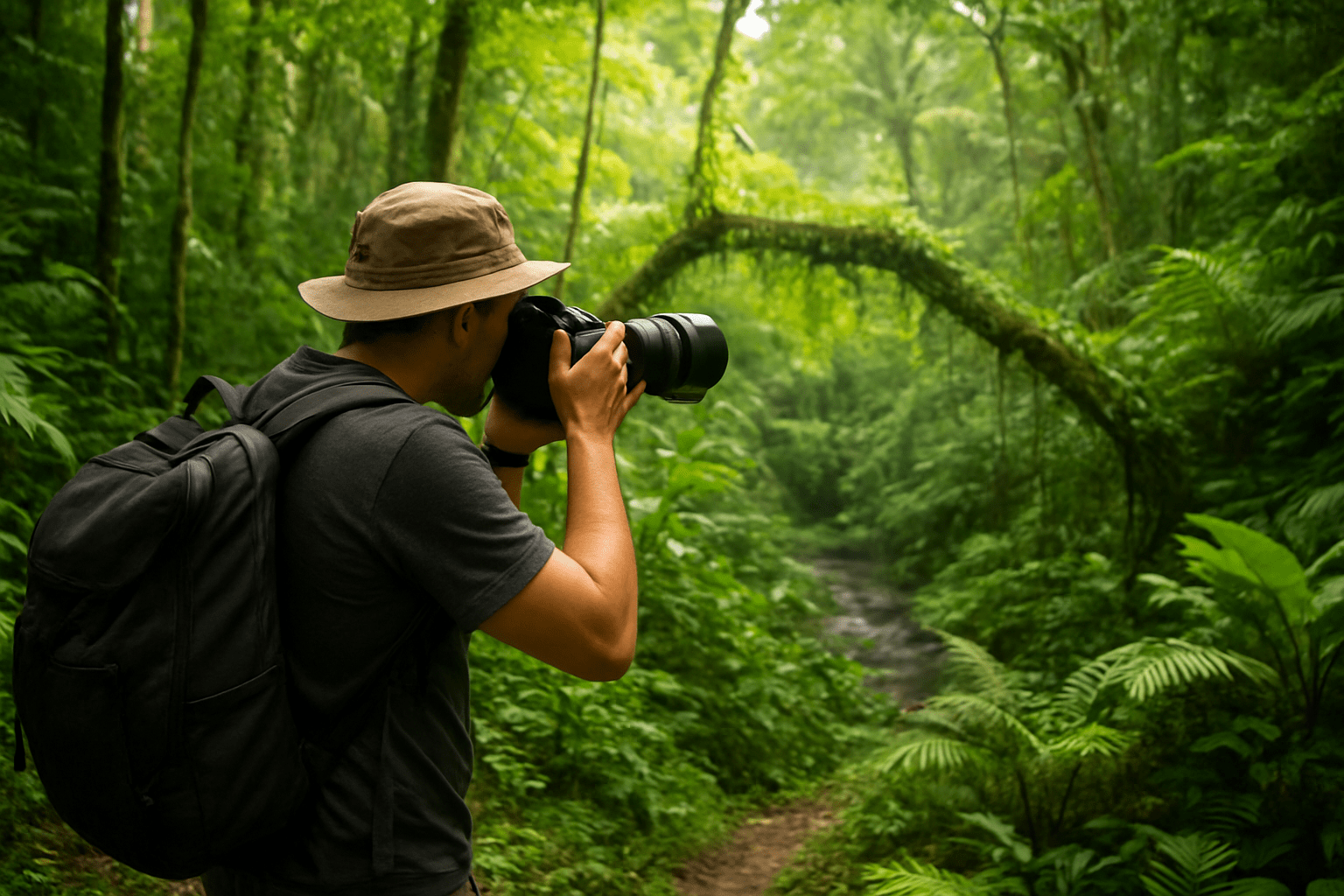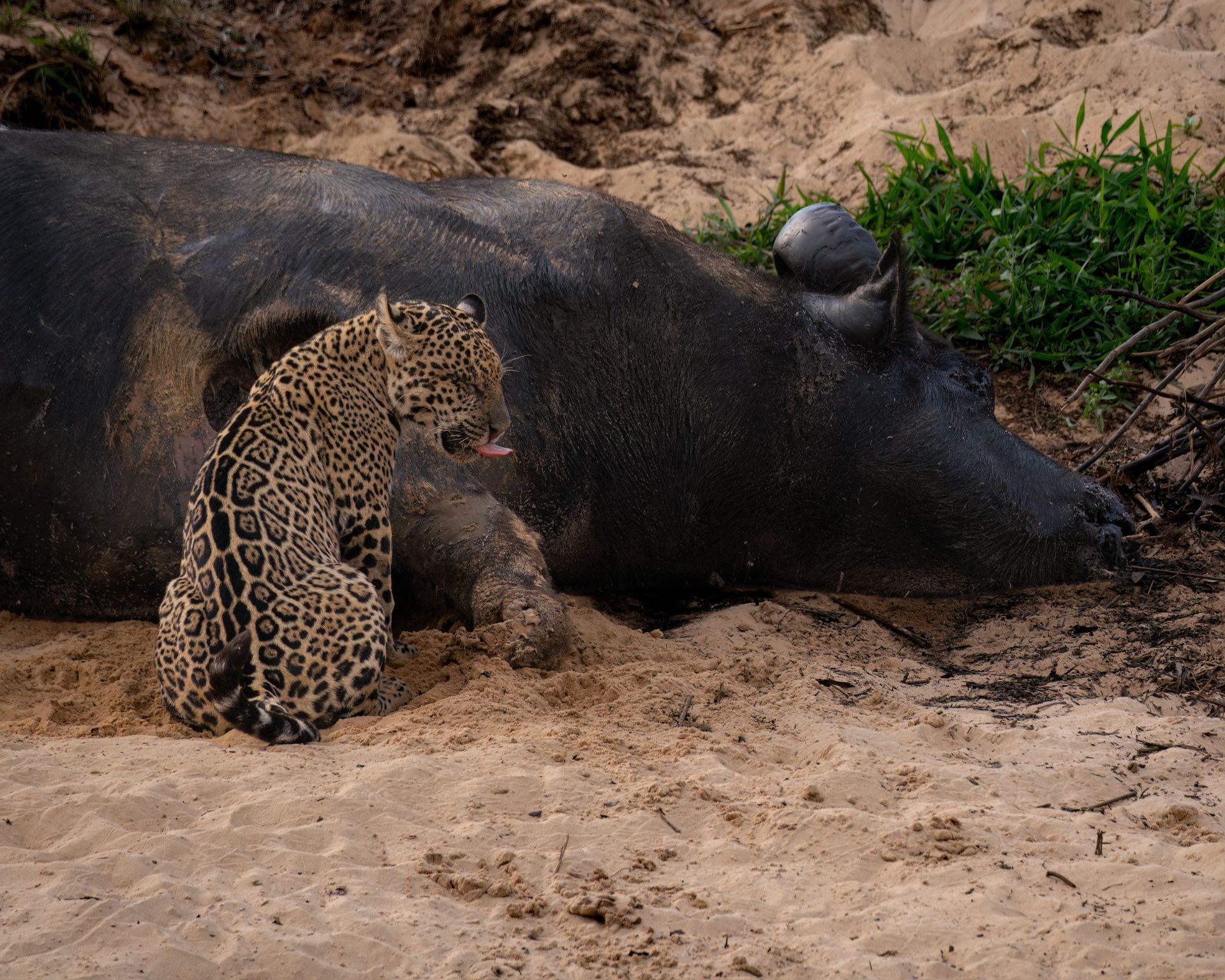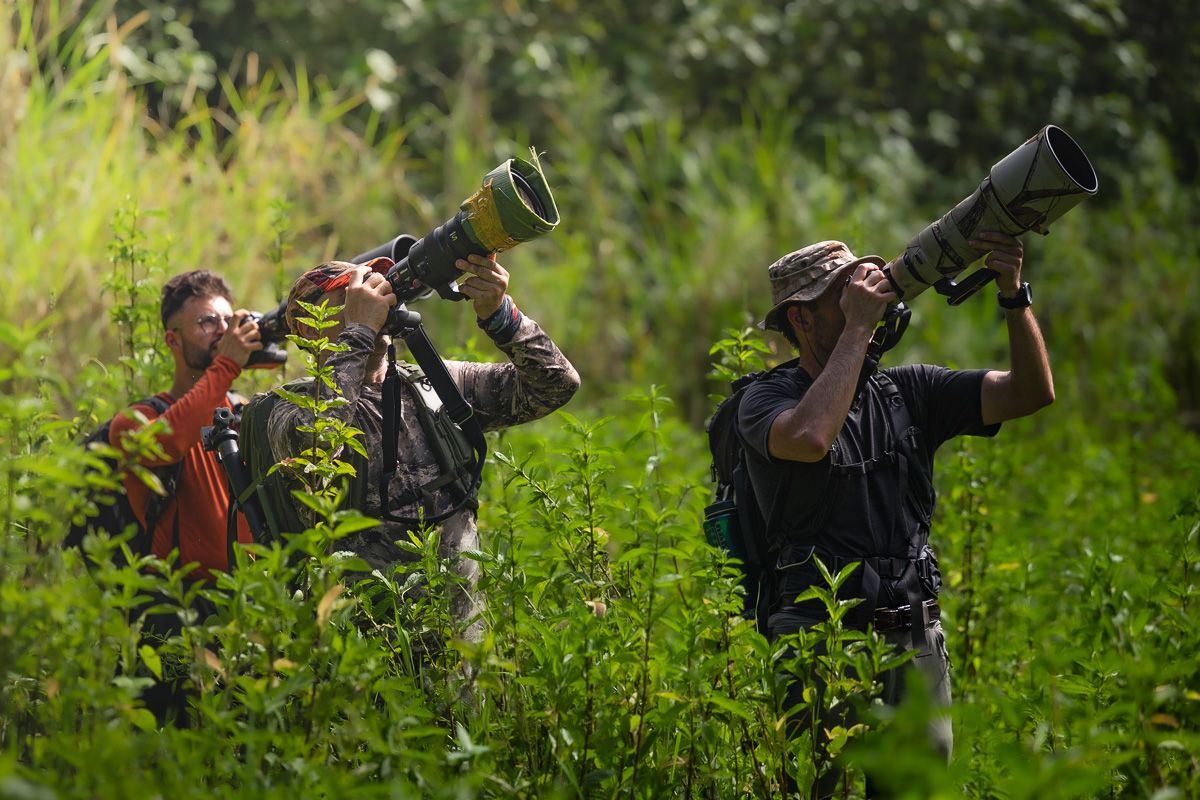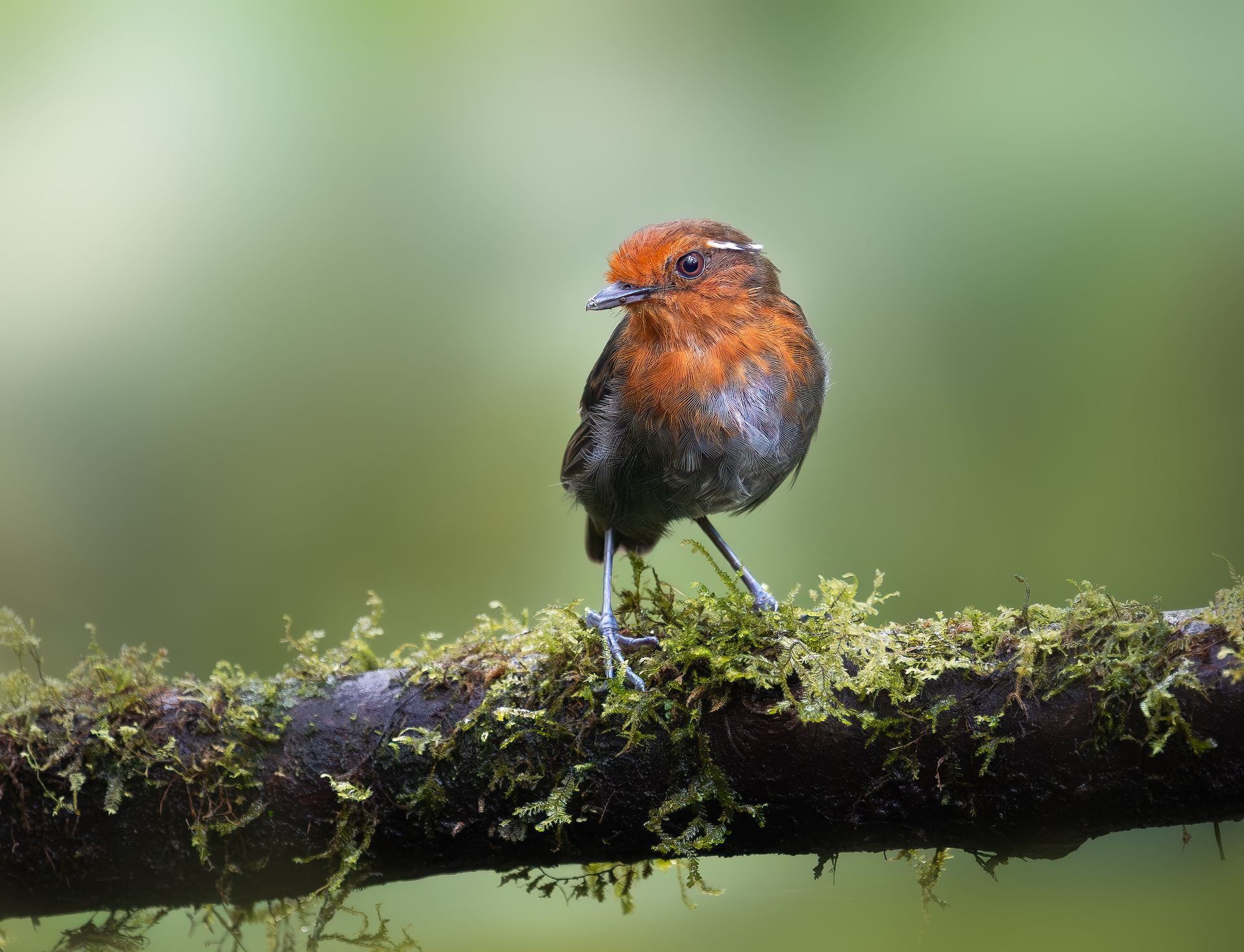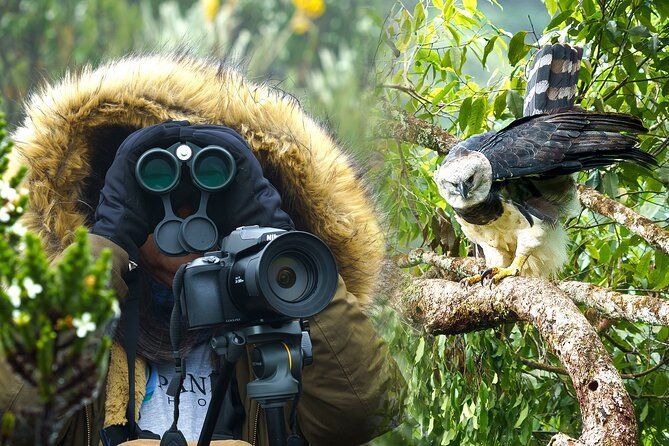Bird Photography Destinations in Colombia
Colombia is one of the most biodiverse countries in the world, especially when it comes to birds. With over 1,900 recorded species, including more than 160 hummingbirds, Colombia offers bird photographers an unmatched range of opportunities. From the high-altitude paramos to dense Amazonian jungles and the coastal mangroves, every region presents unique challenges and rewards for capturing birds in their natural habitat.
In this guide, we’ll explore the top bird photography destinations in Colombia, what to expect in each region, and tips for making the most of your photography experience.
Why Colombia Is a Bird Photographer’s Paradise
Colombia’s birding appeal comes from a combination of geography, ecosystems, and endemism:
- Diverse ecosystems: cloud forests, tropical rainforests, paramos, savannas, and coastal wetlands.
- High endemism: several species exist only in Colombia, like the Santa Marta Woodstar or the Buffy Helmetcrest.
- Accessibility: well-maintained reserves and lodges make remote areas reachable for photographers.
- Rich photography infrastructure: guides, feeders, and trails enhance the chance of high-quality shots.
These factors make Colombia not just a birding destination, but a photographer’s dream.
1. The Andes: Paramos, Cloud Forests, and Montane Trails
The Andean region spans three mountain ranges in Colombia, providing elevation gradients and specialized habitats for endemic species.
Key Locations:
- Chingaza National Natural Park: Known for high-elevation hummingbirds like the Black-tailed Trainbearer and Longuemare’s Sunangel. Photographers can capture birds perched on paramo shrubs with misty mountains as a backdrop.
- Ocetá Paramo: Near Monguí, this high-altitude grassland offers wide landscapes and rare bird sightings. Ideal for dramatic compositions emphasizing negative space and natural light.
- Reserva Rogitama (Boyacá): A private reserve with hummingbird feeders and antpittas. Perfect for close-up shots of elusive understory birds.
Tips: Focus on early mornings for optimal lighting, and bring telephoto lenses for shy high-altitude species.
2. The Sierra Nevada de Santa Marta
This isolated coastal mountain range is home to Colombia’s most unique endemic species.
Highlights:
- Santa Marta Woodstar: One of the smallest hummingbirds in the world, perfect for close-up macro shots.
- Santa Marta Parakeet: Vibrant flocks that provide dynamic group compositions.
- Minca Cloud Forests: Beautiful settings with mist and soft light, ideal for creative framing.
Tips: Use natural frames, like hanging moss or flowers, to add depth. Early morning fog adds drama to photos.
3. The Amazon Basin
Colombia’s Amazon is a tropical bird paradise, with dense jungle providing habitat for colorful parrots, toucans, and tanagers.
Prime Photography Spots:
- Amacayacu National Park: Diverse canopy and understory birds like the Guianan Cock-of-the-Rock.
- Leticia and surrounding reserves: River trips allow shots of kingfishers, jacamars, and macaws in flight.
Tips: Patience is key in dense foliage. Use natural light through canopy gaps, and consider wide-angle shots for environmental storytelling.
4. The Pacific Rainforest
The Pacific coast’s rainforests are wet, lush, and rich in bird diversity, including endemic and rare species.
Must-Visit Areas:
- Utría National Park: Home to birds like the Long-wattled Umbrellabird.
- Los Katíos National Park: Provides opportunities for photographing mixed flocks of understory birds.
Tips: Weather is unpredictable; waterproof gear and lenses are essential. Long lenses with fast autofocus capture moving birds in low light.
5. Llanos and Wetlands
Colombia’s eastern plains, or Llanos, and the Magdalena River basin are ideal for waders, raptors, and wetland birds.
Key Spots:
- Hato La Aurora: Great for capturing egrets, herons, and Jabiru storks.
- Casanare wetlands: Ideal for bird flocks during the dry season.
Tips: Use reflections creatively in shallow waters, and scout for perches to photograph raptors and kingfishers.
6. Coffee Region (Eje Cafetero)
The Coffee Triangle combines mountains, cloud forests, and plantations, attracting hummingbirds and tanagers.
Photography Highlights:
- Reserva Río Blanco (Manizales): Hummingbird gardens allow for close-up shots with controlled backgrounds.
- Los Nevados National Park: Paramós and montane forests provide endemic and high-altitude species.
Tips: Use feeders sparingly to capture natural behavior. Early morning light enhances feather iridescence.
7. Coastal and Caribbean Regions
Colombia’s Caribbean coast offers unique dry forest species and coastal birds.
Recommended Locations:
- Tayrona National Park: Coastal forests with motmots, trogons, and manakins.
- Ciénaga Grande de Santa Marta: Wetlands for photographing herons, flamingos, and shorebirds.
Tips: Sunrise and sunset provide excellent warm tones and reflection opportunities in water bodies.
General Photography Tips for Colombian Birds
- Use a Telephoto Lens: 300–600mm lenses are essential for skittish birds.
- Fast Shutter Speeds: Capture rapid wingbeats of hummingbirds or flight maneuvers.
- Patience and Observation: Study feeding and perching habits for optimal shots.
- Ethical Photography: Avoid disturbing nests, minimize flash use, and respect wildlife.
- Use Natural Light: Morning and late afternoon light produces soft shadows and vibrant colors.
- Bring Tripods/Monopods: Stability is essential for long telephoto lenses in uneven terrain.
- Scout Locations: Arrive early and find perches, trails, and feeding areas.
Bird Photography Tours in Colombia
Companies like Retorno Photo Tours specialize in guided trips across Colombia’s prime birding locations. Tours often include:
- Private reserves with high bird diversity.
- Local guides familiar with endemic and rare species.
- Assistance with camera settings, composition, and techniques.
- Sustainable practices benefiting local communities.
Tours can focus on specific regions such as the Andes, Amazon, or Sierra Nevada, tailored to the interests of photographers.
Conclusion
Colombia offers an unparalleled bird photography experience, combining species diversity, stunning landscapes, and accessible yet wild habitats. From the high Andes to the Amazon rainforest and coastal wetlands, every region has unique species and photographic challenges.
With proper planning, knowledge of local habitats, and attention to composition, light, and ethical practices, photographers can capture images that are not only technically excellent but also visually and emotionally compelling. Colombia truly is a paradise for bird photographers seeking both quantity and quality in their avian encounters.



